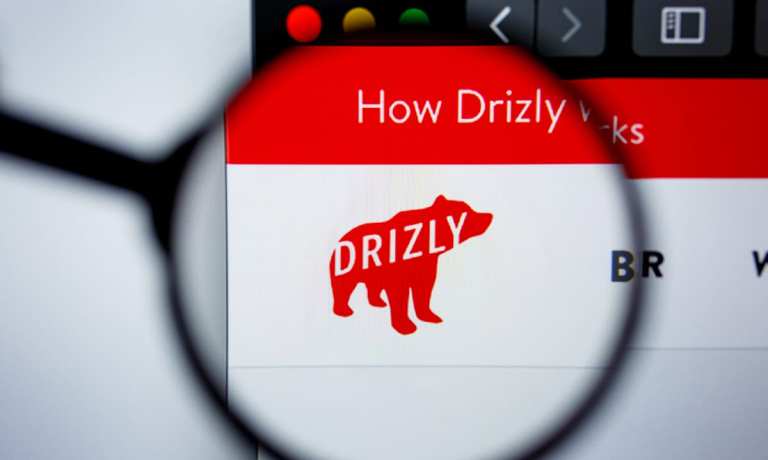Uber Buys Drizly As Food Delivery Competition Heats Up

Uber has announced the latest upgrade to its food delivery platform, Uber Eats. The firm announced on Tuesday (Feb. 2) that it will acquire alcohol delivery service Drizly for $1.1 billion in stock and cash. The deal is set to conclude later this year, at which point Drizly’s marketplace will be integrated into the Uber Eats app, though there will continue to be a standalone Drizly app as well.
Founded in 2012, Drizly has become the leading on-demand alcohol delivery service in the U.S. and is available in 1,400 cities. The purchase could help drive people to use Uber’s app more often.
“Our system standardizes the information properly — which, when you think about the variety of ways small shops around the nation list and manage their inventory, is a huge challenge,” Drizly Co-founder Nick Rellas told Karen Webster in an interview a few years ago. “This is why we spent years and tens of millions of dollars figuring that out – not just how to do it, but how to do it so well and so efficiently that consumers can order whatever they want without worrying about ordering the wrong bottle or wrong vintage.”
Drizly reported a strong 2020, with more than 300 percent growth in the past year as consumers were stuck at home.
It was a tailwind that Uber Eats also enjoyed during the pandemic period. As CEO Dara Khosrowshahi told CNBC on Tuesday (Feb. 2) shortly after the news went public, Uber’s delivery business “has been growing at extraordinary rates.” Uber clearly hopes the Drizly acquisition will help them build on that momentum going forward, even as conditions change and consumers get back to eating out in restaurants again.
The Drizly acquisition is not Uber’s first move to buttress its Uber Eats delivery platform via acquisition. After moves to acquire GrubHub earlier this year didn’t succeed, Uber instead acquired Postmates over the summer.
The latest deal with Drizly is set to close sometime during the first half of 2021. The market clearly liked the moves, as Uber’s stock was up 8 percent on the announcement.
This was the most recent move in an avid race for control of the food delivery segment over the last 10 or so months, as consumers have realigned their dining habits. DoorDash, Uber’s main competitor in the space, closed down 2020 with a blockbuster IPO that radically exceeded all expectations and left the company valued at roughly $33 billion. And DoorDash has expanded beyond its historical base of restaurant deliveries to grocery and convenience store deliveries. In the latter market, a recent research report indicated that DoorDash is now the dominant force, controlling a 60 percent market share.
And Uber Eats, beyond Tuesday’s announced Drizly acquisition, has also been looking to expand its reach in the delivery segment. Uber closed off last week with the announcement that it will grow its on-demand prescription delivery in New York City through its partnership with Nimble.
The race’s speed and tendency to continually level up is easily explained, according to the latest edition of the PYMNTS Order-to-Eat Tracker, by the staggering levels of demand, as some 59 percent of American consumers have ordered from restaurants online of late.
But when the pandemic ends, which of the online delivery aggregators will still be a success story? As the Tracker documents, consumers do want to get back out to restaurants to be served their dinner the old-fashioned way. Some 83 percent said in a poll that they are not eating at restaurants as much as they would prefer — up from 45 percent before the pandemic — and 90 percent of Baby Boomers said they would like to eat at restaurants more frequently.
The data revealed that pandemic fatigue is widespread and the restaurant space is well-positioned to rebound based on this significant demand. This means delivery aggregators are doing more because they have to do more. Soon, their competition won’t just be each other, but the possibility of actually going out to eat.
Read More On Acquisitions:
- nCino Acquires Sandbox Banking to Fuel Banks’ Digital Transformation
- Kort Payments to Acquire Paysafe’s Direct Marketing Payment Processing Business
- FinTech IPO Index Adds 2.6% as Paysafe Jumps on Takeover Reports
- Report: Paysafe Explores Options After Getting Takeover Interest